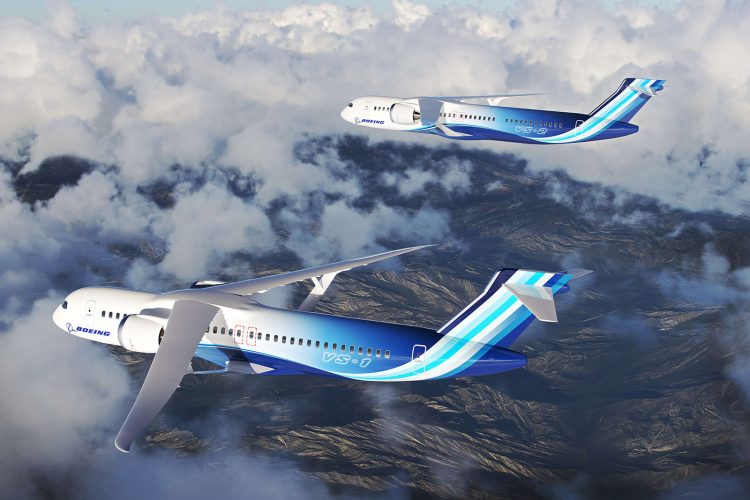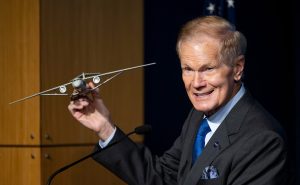Publisher: Maaal International Media Company
License: 465734
“NASA”, “Boeing” partner to design new aircraft … First test flight to be in 2028
Greener commercial aviation technology may be closer than we think.
NASA and Boeing will work together on a project called “Sustainable Flight Demonstrator” to build, test, and fly a single-aisle, low-emissions aircraft during this decade, according to an announcement from the agency Wednesday.
According to “CNN,” NASA Administrator Bill Nelson said in a statement that, “From the beginning, NASA has been with you as you fly. And NASA dared to go further, faster, and higher. And by doing so, NASA has made flight more sustainable and reliable. It is in our DNA.”
اقرأ المزيد
The two organizations aim for the project to help “achieve future commercial aircraft that are more fuel efficient, have environmental benefits, and have positive impacts on the commercial aviation industry and passengers around the world.” And if we succeed, we may see these technologies on board the planes that the public will take to the skies in the thirties of the current century.
The first test flight of this experimental aircraft is scheduled for 2028
Nelson explained that the goal is for the technology to serve about 50% of the commercial market through single-aisle aircraft designated for short to medium-haul flights.
Airlines rely heavily on single-aisle aircraft, which account for about half of aviation emissions worldwide, according to NASA.
The development of new technology to reduce fuel use could support the goal of US President Joe Biden’s administration to achieve net zero carbon emissions by 2050.
Boeing estimates that demand for new single-aisle aircraft will increase by 40,000 aircraft between 2035 and 2050.
The design that NASA and Boeing are working on could reduce fuel consumption and emissions by up to 30% compared to today’s most efficient aircraft, according to the agency.
The concept is called the Transonic Truss-Braced Wing, and it relies on long, thin wings held by inclined struts that connect the wings to the aircraft.
The shape of the design creates less resistance, which means burning less fuel.
The project will also include other environmentally friendly aviation technologies
In a statement, Bob Pierce, Associate Administrator of NASA’s Aeronautics Research Mission Directorate, said: “NASA is working toward the ambitious goal of developing game-changing technologies to reduce aviation’s energy use and emissions over the coming decades to reach the aviation community’s goal. reduce net carbon emissions by 2050.
Pearce noted that the benefits of increasing the aspect ratio of the wing have been known for a long time, but the challenge of structuring the design required advances in materials and the construction process to reach this point of development.
During the partnership in the project, Pierce confirmed that “NASA” and “Boeing” will be able to take more risks than the aerospace industry can do alone.
“This is an experimental aircraft,” Pearce explained, adding, “This is not a commercial development of an aircraft that passengers will be flying on today. And the reason we need to do this is because this is a high-risk technology. We are trying to verify the technology.”









